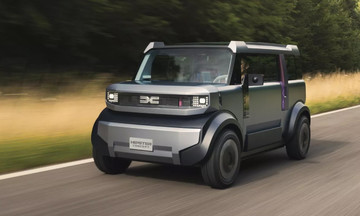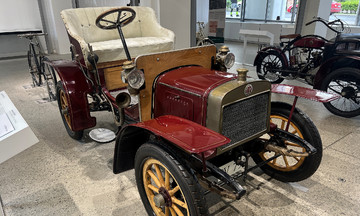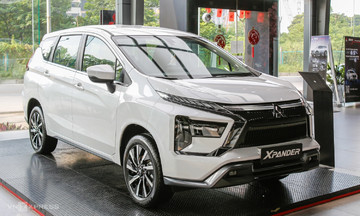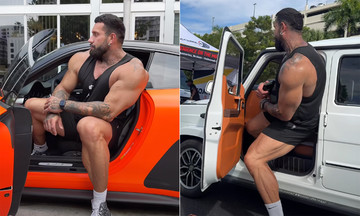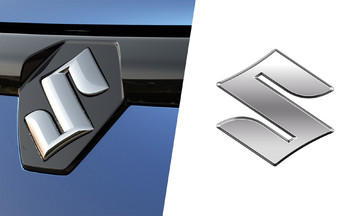The 15/9 four-vehicle pile-up involving a watering truck on the Cau Gie - Ninh Binh highway immediately brought to mind a similar accident on the Ho Chi Minh City - Trung Luong highway that resulted in 5 fatalities. This recurrence raises serious questions about these specialized vehicles.
Watering trucks share the road with maintenance vehicles, patrol cars, emergency response vehicles, and tow trucks. While they perform different functions, most are not legally classified as priority vehicles and lack specific sirens or lights. Their presence, whether moving or stationary, poses safety risks to both their operators and other drivers.
Numerous accidents occur when vehicles traveling at high speeds cannot react in time to avoid stopped maintenance or emergency vehicles. This problem is often compounded by inadequate warning lights, portable signs, or improperly placed signals on these vehicles, making them difficult to spot from a distance.
Reviewing the Cau Gie - Ninh Binh incident reveals a gap between legislation and practice. While laws exist regarding safety procedures for stopping and working on highways, there's a lack of specific management, guidance, and oversight for these specialized vehicles. The absence of standardized warning signals, inadequate personnel training, and insufficient safety equipment create a worrying safety gap.
Several solutions are needed to address this issue. First, clear safety standards for highway work vehicles are essential, including requirements for warning lights, reflective signage, traffic cones, flexible dividers, and reflective vests for personnel. These vehicles should also have distinctive, easily recognizable light systems that don't resemble those of priority vehicles. A trailing "buffer" vehicle, perhaps a car with prominent lights and sirens, could further enhance safety by creating a protected zone.
Highway management authorities should establish and rigorously enforce standardized procedures for incident management. These should specify minimum distances for warning signs, vehicle positioning, and coordination with patrol units. Granting limited priority status to certain emergency response vehicles within incident zones could also mitigate risks.
Public awareness campaigns are also crucial. Drivers need education on recognizing warning signals and proactively reducing speed, rather than driving recklessly or ignoring them. True safety for highway work vehicles can only be achieved through a combination of regulations, equipment, and responsible driver behavior.
Vu Vu




